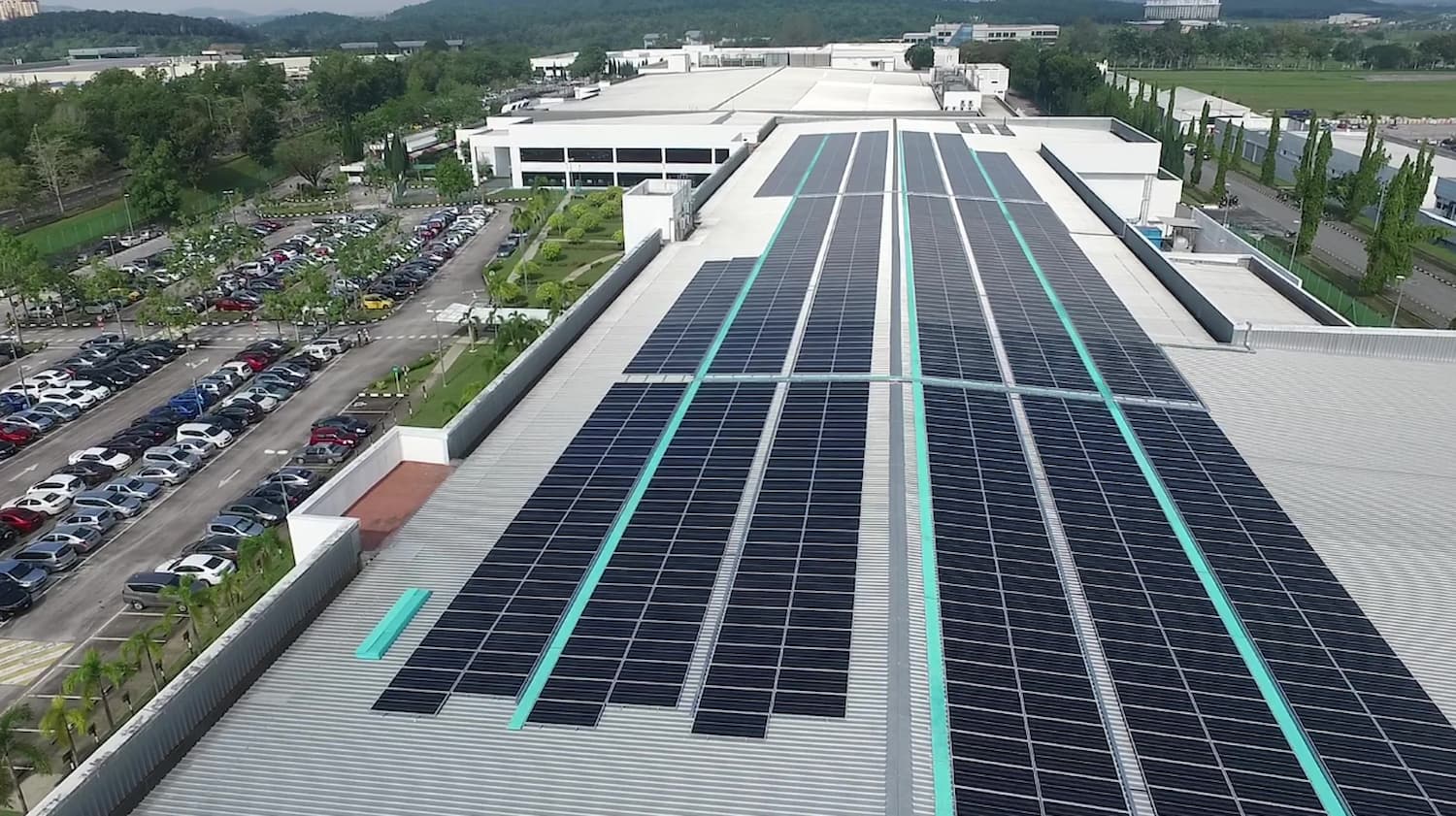
A large-scale solar project by Nefin in Malaysia. (Photo: Nefin Group)
Nefin Group, an independent green power producer, targets to secure 100 MW of solar power projects across Southeast Asia in 2024, with Malaysia expected to contribute over 30% of the total, driven by an expansion in market penetration and market share.
According to Nefin’s regional managing director, Chong Bor Hung, these projects are expected to generate approximately RM46 million in revenue.
Chong said that long-term contracts of around 20 years will provide a steady stream of revenue for the company over their duration.
The company secured projects in Southeast Asia totaling over 70MW in 2023. Recently, the Malaysian Energy Commission selected the firm as one of the solar power producers for the Corporate Green Power Program (CGPP). Nefin will develop a 45 MWp solar farm in Teluk Intan, Perak, with an estimated cost of RM130 million.
“That was a big step in our strategy for the next two years at least, until 2025. In Southeast Asia, with Malaysia being the bulk of it, the business is predicted to scale at 100 MW every year.
“Originally, we were dominant in the rooftop solar and with CGPP that we’ve secured, we are now on track to developing utility-scale projects and we expect to get more next year.,” he said.
Chong pointed out that utility-scale projects would have a development lead time of two to three years. Therefore, to get a utility scale project built in 2025, development have begun since 2023.
Malaysia is expected to contribute to about one-third of the projects, followed by Taiwan, and the rest will likely come from mainland China, Hong Kong, Thailand, Vietnam and Singapore.
Looking ahead, Chong said Malaysia has constantly shown steady industry growth in Southeast Asia. He said that despite the “fairly conservative” policies set by the government, the growth has been quite consistent and stable for the past eight years.
“The government will potentially roll out some special projects or special mega projects in line with the National Energy Transition Plan. For most of the industry, I expect that the industry growth will be in line with what we’ve seen over the past few years,” he said.
While commending the government for various initiatives implemented to drive its green agenda, he suggested that there are other methods the government could explore to accelerate the decarbonization of the grid. This includes the liberalization of the local energy market and the easing of technical restrictions.




